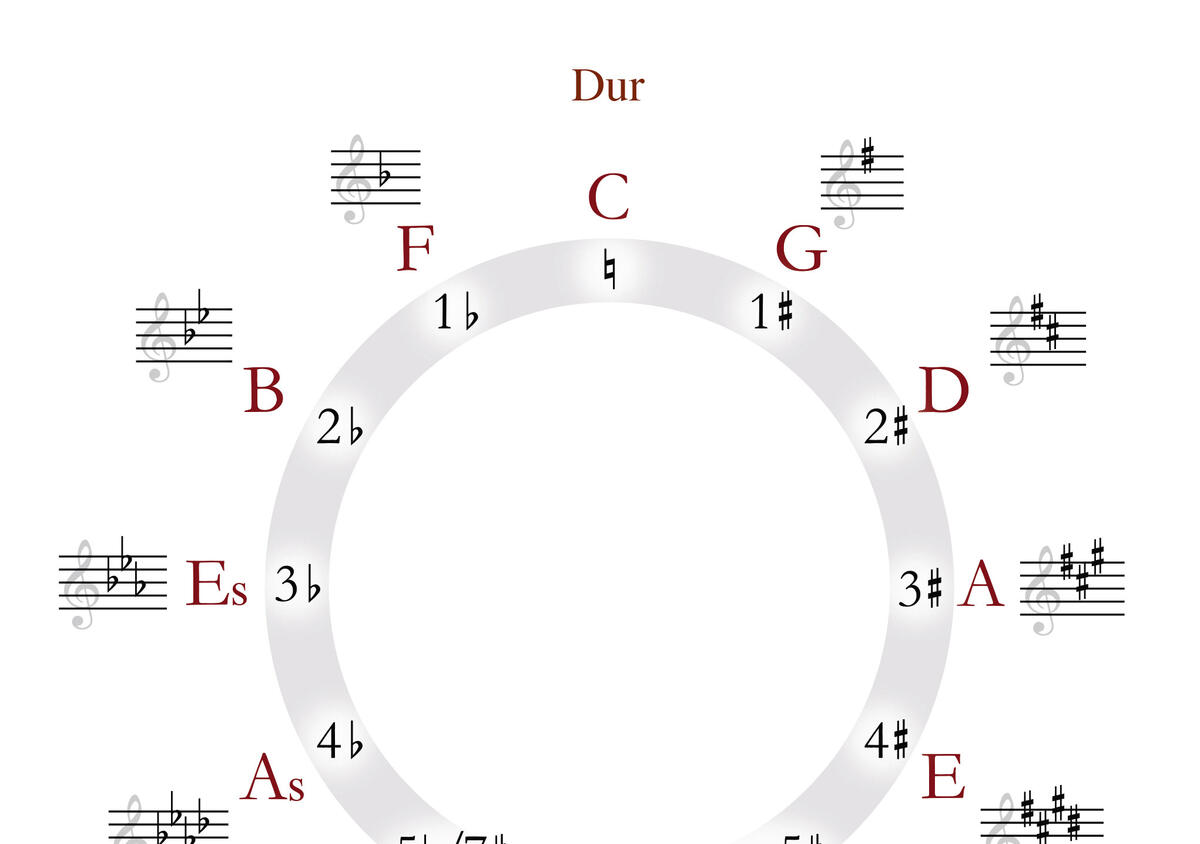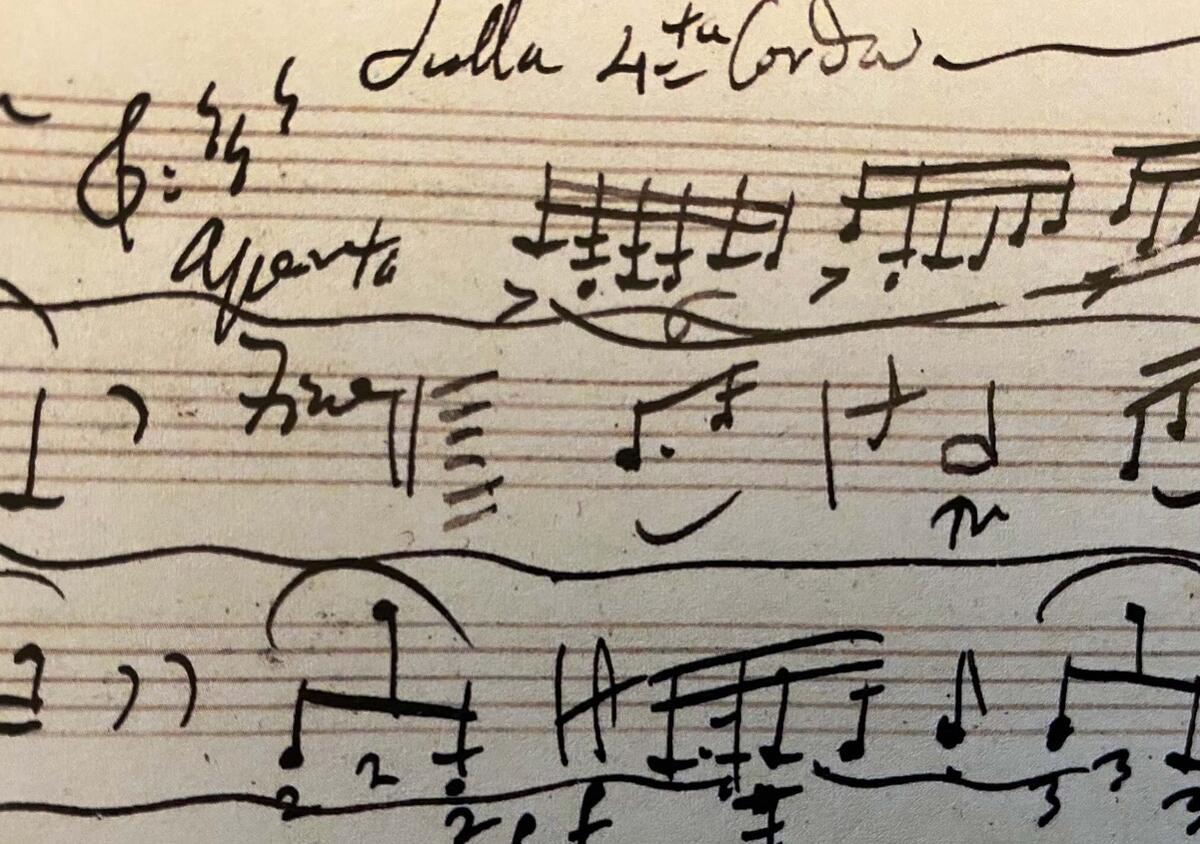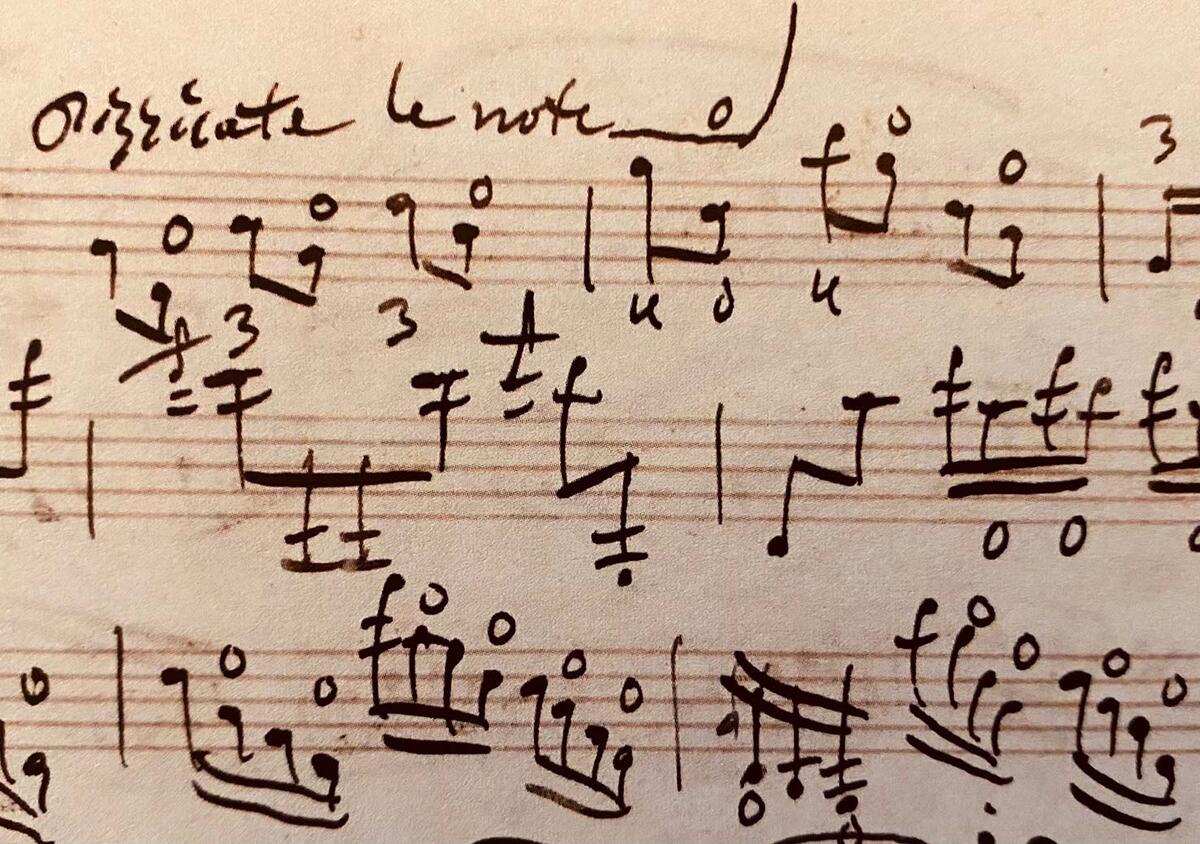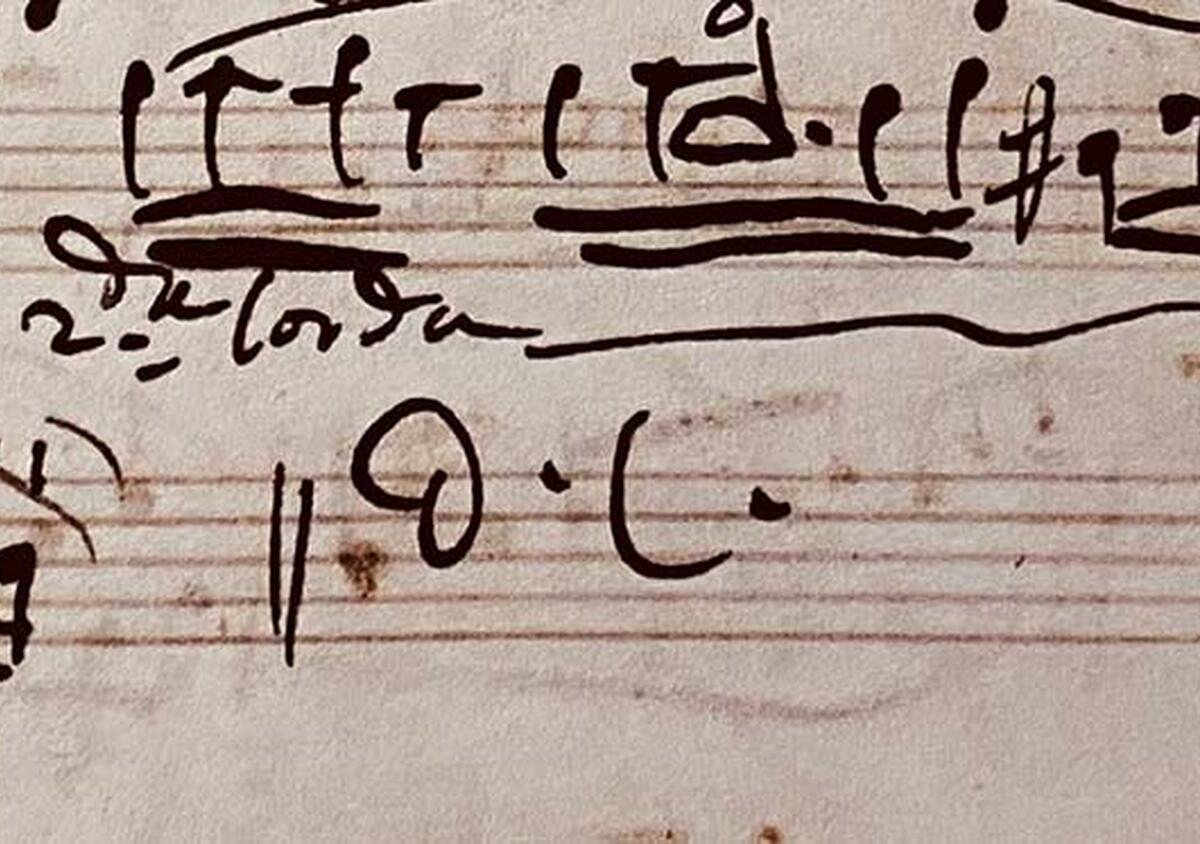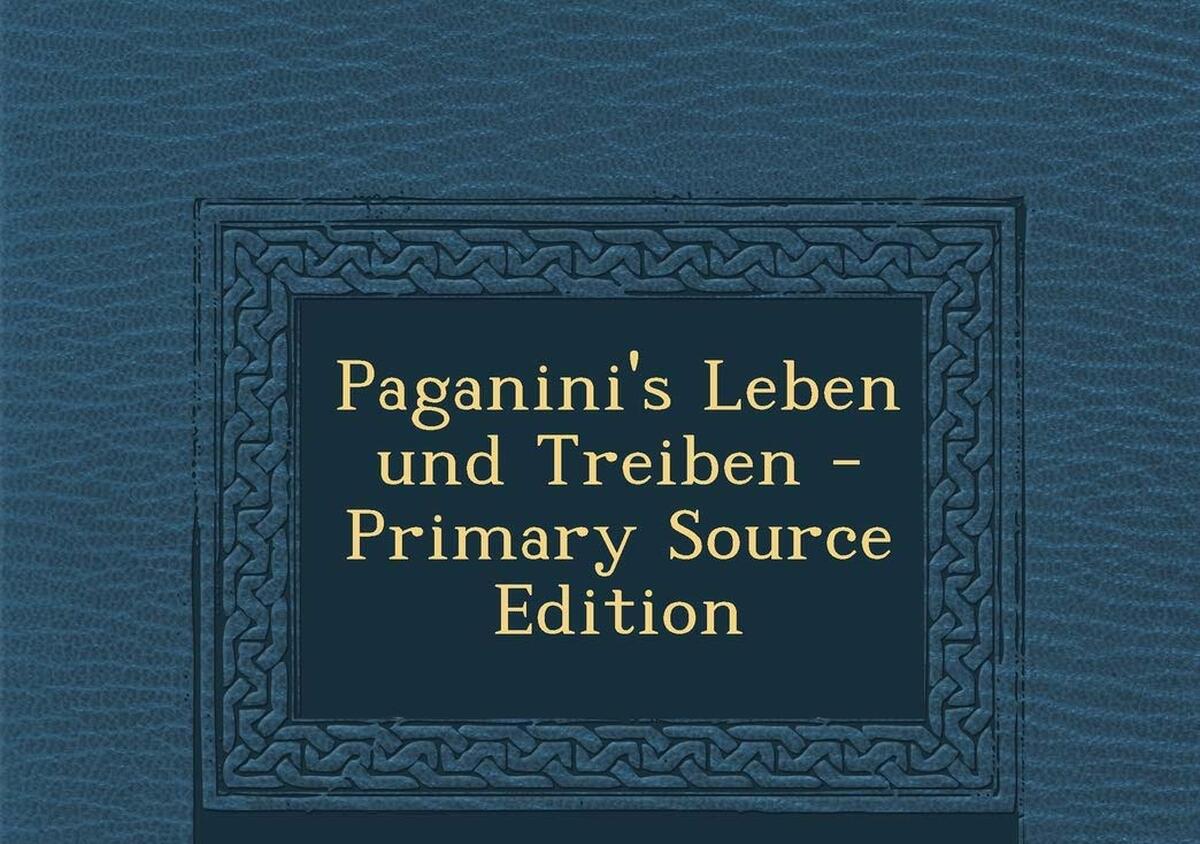The Hidden Method of Paganini Part 1/2
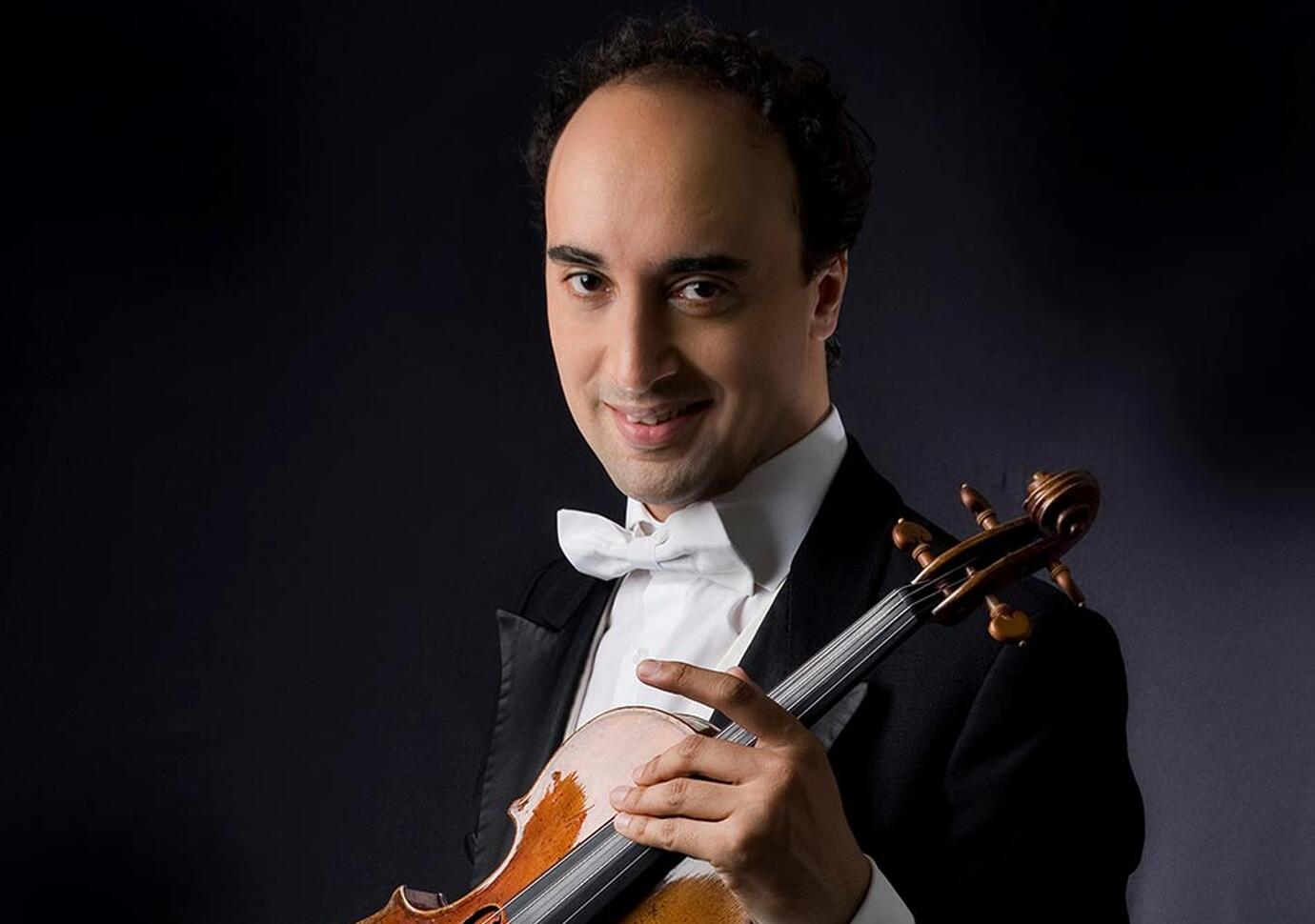
A blog by Paganini-expert and soloist Mario Hossen
Some aspects of the THE HIDDEN METHOD OF NICOLO PAGANINI
(Variazioni sul Barucaba)
Paganini developed his own and special key characteristics, based on the scordatura technique (tuning the violin higher), connected with the key colours and the volume of tone.
"My secret (said Paganini in turn)- if I can call it such- will point the way to better understanding of the instrument, which is far richer than is commonly supposed. I owe that discovery not to chance but to profound study. By applying it, it will no longer be necessary to practice four or five hours a day. It should replace present teaching methods, which seem to strive to make things difficult (for the student) rather than to teach him how to play. does not teach how to play it."
J. Schottky
"Paganini frequently insisted that his talent resulted from a secret discovered by him- and which he would reveal before his death, in a "study for the Violin," that should only contain a small number of pages, but that should cause the utmost consternation to all violinists"
François-Joseph Fétis
The success and sensation created by the first Ricordi edition (1820) of the 24 Capricci, Op.1, spread throughout Europe. This was the work Paganini was identified with, even years before his first concert tour abroad from Italy, which led him to Vienna 1828. The second edition followed soon after, in 1836. By February 1836, Paganini had compiled the three manuscripts as the most special present to his close friend, the lawyer Luigu Germi. The composition- the Variazioni sul Barucaba (three books, consisting of the theme plus 20 variationsis kept in the Biblioteca Casanatense in Rome (ms.Cas.5627), in the form of autograph part materials. These manuscripts clearly present pieces primarily as teaching material and secondarily as performance material for advanced students. Researching the variation we can clearly see that Paganini’s system involves very focused short exercises in variation form based on exercises in arpeggios and different articulation from the very beginning, pizzicato combination with left/right hand, study of tonal modulations, playing on G String only - since these elements were to be found in all Paganini violin repertoire. These exercises were also beneficial for teaching improvisation to students. To avoid boring moments and to support concentration, Paganini also wrote a guitar part - so the various exercises could be heard as a musical whole. In this unique example of the method of Paganini we see for the first time systematically the authentic fingerings! All variations are written in major keys (See Att.1, Paganini circle of fifths).
Book I: Based on Theme in A Major including all keys the circle 0-6♯ and 0-5♭
Book II: Based on Theme in C Major including all keys the circle 0-7♯ and 0-5♭
Book III: Based on Theme in D Major including all keys the circle 0-6♯ and 0-5.
Study of tonal modulations, since these comprised a standard of every repertoire, are important for all violinists. All Variations are based on a major chord (triad)- that has a root, major third, and perfect fifth - one of the basic building blocks of tonal consonant and not requiring resolution. These exercises were also beneficial for teaching composition to students as they could provide a springboard for creating variations and other types of compositions. The 24 Capricci, divided into 3 groups, have been analyzed for the last two centuries from almost every imaginable point of view, but the one of his last finished and very important methodical work, the Variazioni sul Barucaba (1836) have not been studied from this angle. This pedagogical aspect influenced his desire to gather the 60 Variations into a unified collection, representing Paganini's systematic method of teaching that includes material in small steps, pausing to check for student understanding. This method of teaching started out with showing the manner in which he approached the instrument.
"Paganini’s purpose in each of these studies was to give every style of bowing, all the difficulties of fingering, and all the combinations of harmony, upon which his school is founded."
François-Joseph Fétis
“The composition is one of his last and was obviously not intended for public performance. Presumably it was meant to be part of his extensive course of violin playing in which he intended to disclose the ”secret” he had so anxiously guarded. These variations (in all scales of the circle of fifths) are an extract of Paganini’s violin technique and are therefore very suitable as an introduction of Paganini’s style and as a preparation of the 24 Caprices.”
Franz Schmidtner
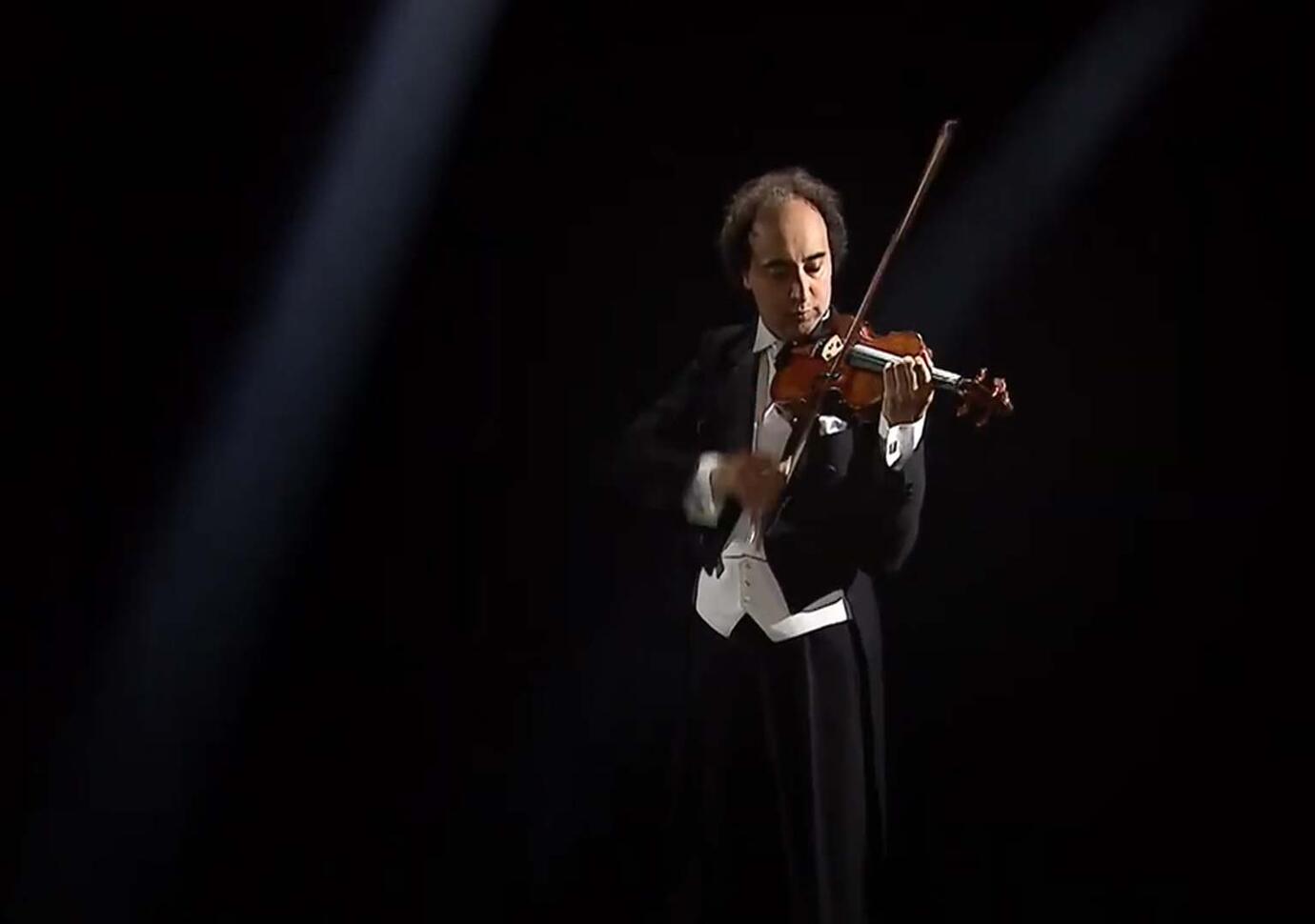
Paganini used to give lessons in Italy and abroad, but it was Sivori he really considered his only true student. Willing to prove in practice that this secret lead to an excellent result, Paganini used to tell the story about the cellist Gaetano Ciandelli, with whom he would share his secret. He told his Biographer Schottky: "Ciandelli was playing the cello for a long time, but... in just 3 days he became a completely new musician and everybody started talking about the miracle of his instantaneous transformation".
Video: Mario Hossen performs Caprice No.1 from 24 Capricci for Violin Solo
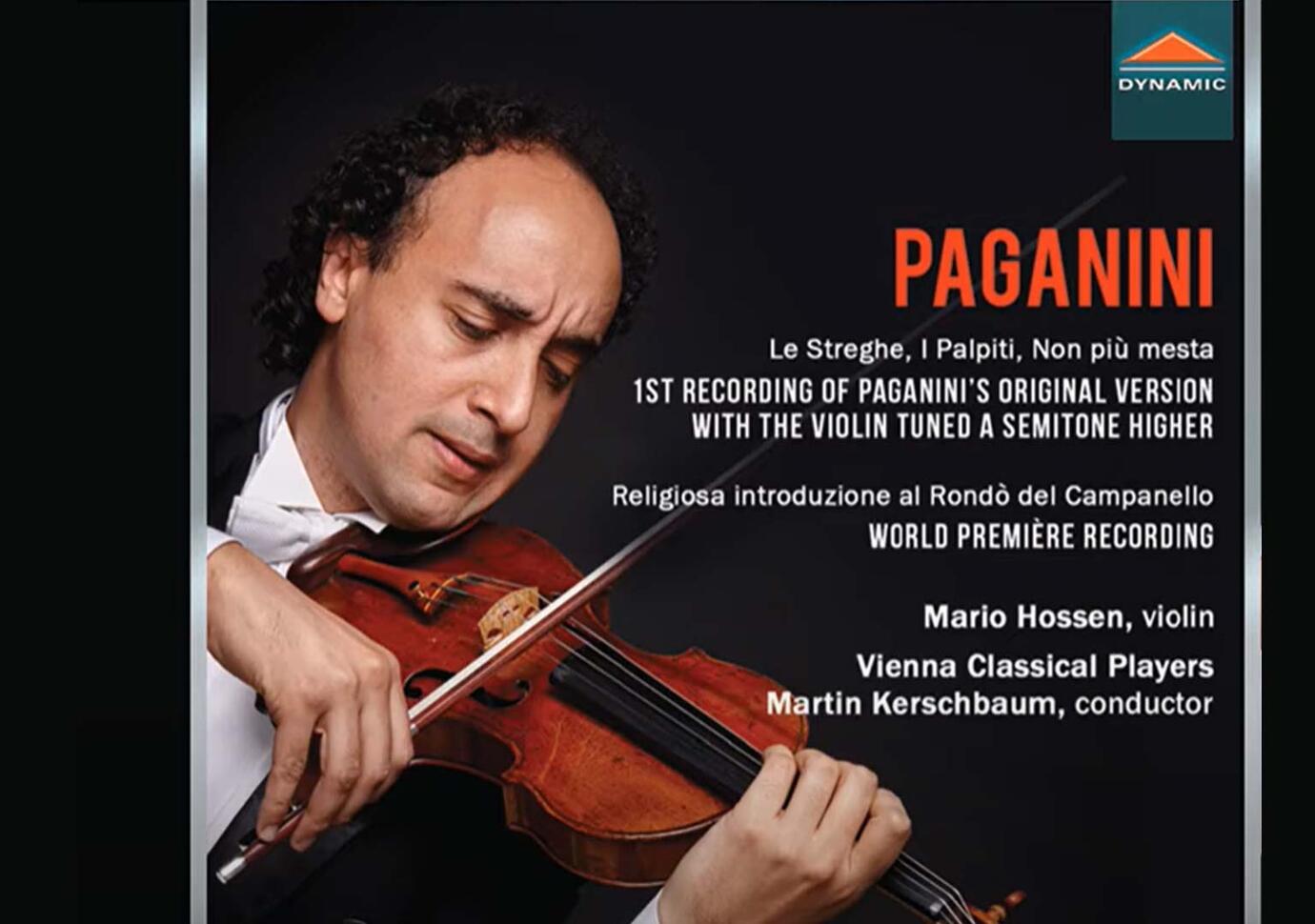
The original Paganini manuscripts reveal that he was very meticulous in writing down his musical and performance-practical ideas. During my preparation for the recording of the Paganini "Rare und Unpublished Works" (Dynamic CDS 7808.02) and the Doblinger critical urtext edition of Paganini "Works for Violin and Orchestra" Vol. III, my team was again fascinated by the amazing revolutionary method of the composer Paganini. Studying his last complete composition, the violin methodical treatise the "Variazioni sul Barucaba" M.S.71 (1836) I found significant support to understand some of the composers specific technical aspects in some of his last compositions like the "La Primavera Sonata" M.S. 73 (1838) and Sonata movimento perpetuo M.S. 66 (1832)
Video: Mario Hossen performs "NON PIU MESTA" in original version, with the violin tuned higher.
In order for us to understand (from a contemporary point of view) the true essence of the revolutionary method of Paganini’s way of performing we should take a more detailed look– in the next blog!
Pictures:
1) Paganini Circle of fifths
2) Variazioni sul Barucaba/ Fingerings on G String Only
3) Variazioni sul Barucaba/ Pizzicato combination with left and right hand
4) Variazioni sul Barucaba/ Double Stops, Simultaneous special 2, 3 string change
5) Julius Max Schottky: Paganini's Leben und Treiben als Künstler und Mensch (1830)
BACK

